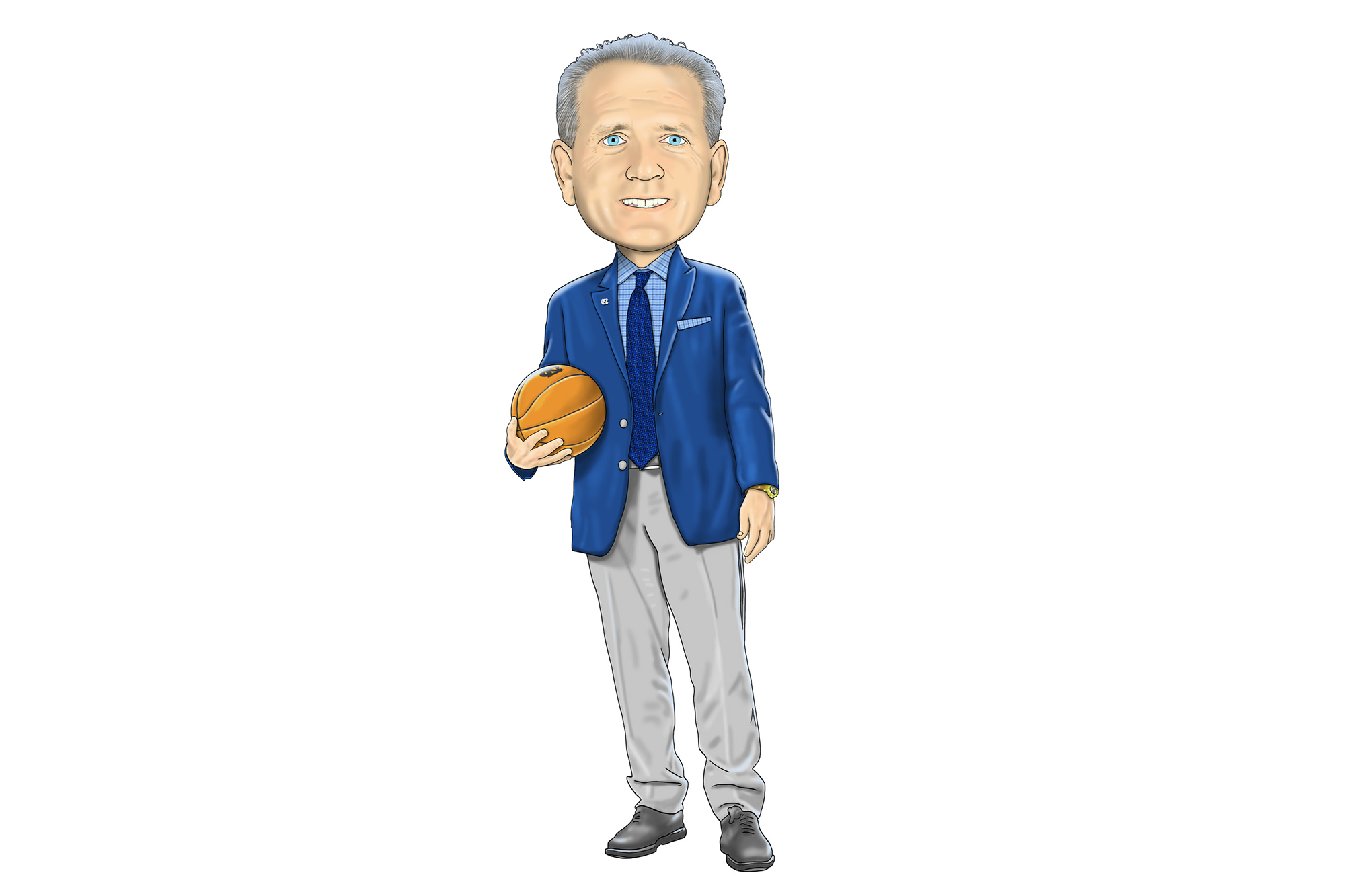Born & Bred: Go Heels, Go America
By Bubba Cunningham, May 10, 2024
My first memories of the Olympic Games are from 1972, when my family huddled around the living room TV to loudly cheer on the USA Men’s Basketball team. (The controversial loss to the Soviet Union still burns a hole in my heart.)
Four years later, my sisters, brother and I loved collecting the special edition McDonald’s scratch-off cards that allowed you to win a menu item if the Olympian featured on the card medaled. (I spent that Games closely following an East German weight lifter in hopes of some free fries.)
Today, I am dedicated to helping student-athletes, families and communities make new Olympic memories in my roles at the University of North Carolina and with the USOPC Collegiate Advisory Council and USOPC Board of Directors.
The Council is a first-of-its-kind group dedicated to linking the United States Olympic & Paralympic Committee with the NCAA to ensure there is a pipeline of talent running from college athletics to the Olympic Games. While broad-based programming has long been the standard at Carolina – our 28 sports and more than 800 student-athletes are one of the largest programs in the nation – other universities have not been able to offer as many opportunities. As pending anti- trust court cases and the costs associated with Name, Image and Likeness threaten to impact the budgets of athletic departments (and thus Olympic sports) nationwide, it is more important than ever to bolster collaboration between the NCAA and USOPC to strengthen the tie between college athletics and the Olympic Games.
That’s why the Council is focused on three key priorities:
Alignment: Olympic athletes need places to train and compete, and there’s no better place than our unique college athletic landscape, where you can battle for championships (and train for medals) while earning a college education. We must continue to educate leaders – including Congress – about why protecting the broad-based college model is important. We also must ensure that rules, training and expectations are consistent on the collegiate and Olympic levels, sport-by- sport, by further connecting collegiate sports with National Governing Bodies.
Pathways: In 2020, the NCAA adopted legislation to extend financial and training flexibility for elite student-athletes training to compete on the collegiate and international level. We must continue to remove impediments faced by student-athletes who want to do both.
Messaging: We cheer for our favorite college stars. We follow our top Olympians. They overlap – and so should our promotion of both. The Olympians and Paralympians Made Here campaign, which you may have seen on our @goheels social media channels and was designed by the USOPC, showcases how competing on campus helps Team USA student-athletes grow not just as competitors, but as people. We will work to develop long-term promotions ahead of the 2024, 2026 and 2028 Games, as well.
More than 100 Tar Heel student-athletes have represented more than a dozen countries while competing in the Olympics. In 2020, more than 80 percent of the US medalists had collegiate ties.
This summer, I look forward to watching even more college Olympians make lasting memories in Paris. As part of my responsibilities as a USOPC Board member, I will be cheering on our student-athletes and the USA. (Unfortunately, with no scratch cards this year.)
Go Heels! Go America!

Bubba Cunningham, Carolina Director of Athletics

